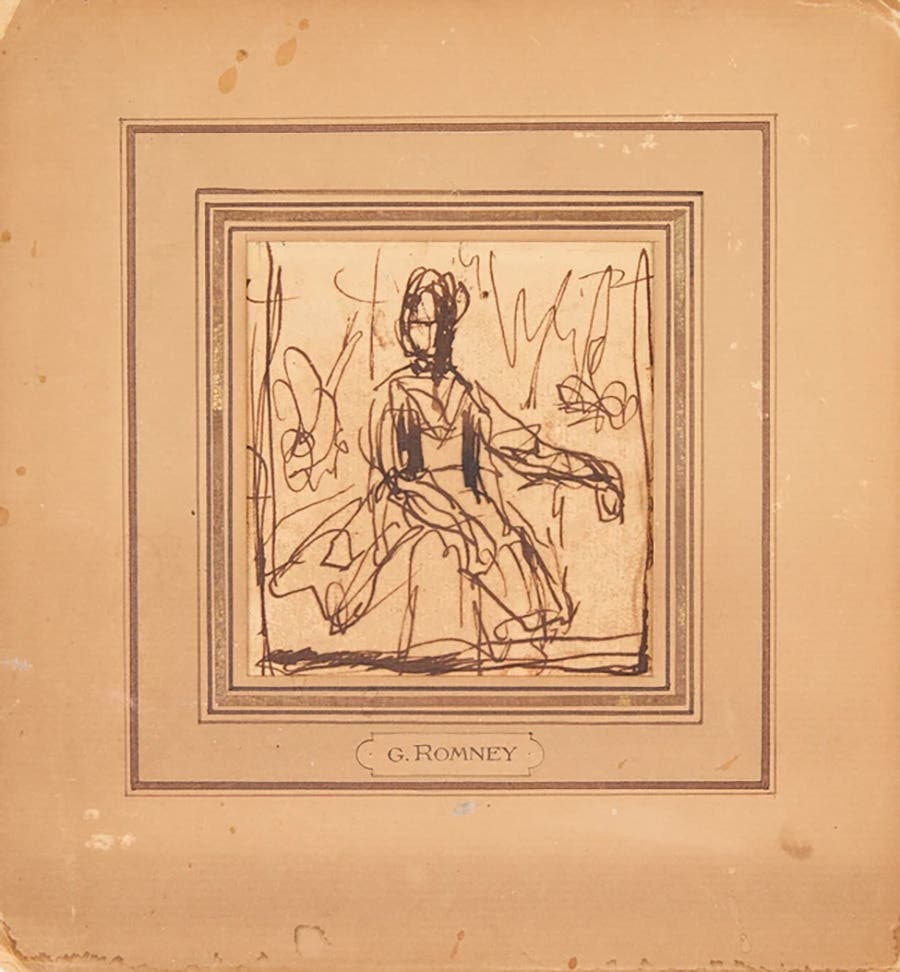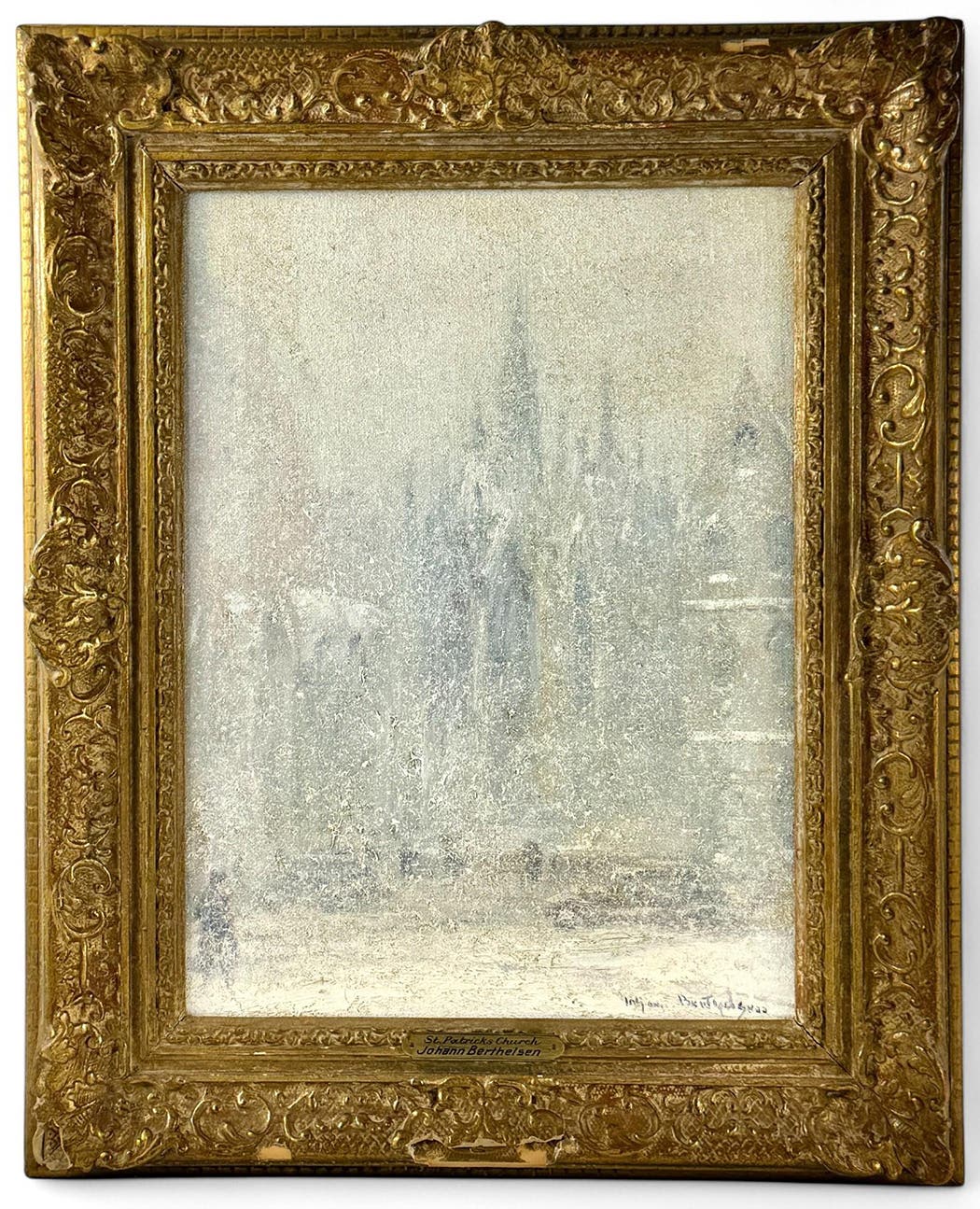Respecting the intensity and action of Futurist art
Although it is often mistakenly linked with the Fascist political movement, the Futurist art movement is steeped in movement, speed and striking imagery.
As the 20th century began, the world was changing fast and art was changing with it. But for the Italian avant-garde artists who called themselves the Futurists, change couldn’t come soon enough. Unlike the Cubists who seemed content to depict the world from the new perspective afforded by high-speed trains, airplanes and motion pictures, the Futurists were a movement with an aggressive social agenda. What was old was in the way, they proclaimed. Don’t deny or undervalue the rise of mechanization by painting portraits, nudes and still lifes – embrace the machine in art!
The leading light in the Futurist movement was the writer Filippo Tommaso Marinetti
(1876-1944), a provocative figure whose ideas easily spilled over from culture to politics. “Art, indeed, can be nothing but violence, cruelty and injustice” he shouted approvingly. “We intend to glorify aggressive action, a restive wakefulness, life at the double, the slap and the punching fist.” Little wonder that Futurism became associated with Fascism, the political movement born in post-World War I Italy. True, there were tensions between the iconoclasm of the Futurists and the Fascist demand for obedience once Benito Mussolini came to power.
But despite the efforts by latter-day enthusiasts to distance the Futurists from the Fascists, the facts are inescapable. Marinetti and some of his followers accepted cultural posts under the regime, wielded influence over its cultural policies; he died in 1944, living in the remnant of Italy still controlled by Mussolini as the Allied forces advanced. At the time of his death, Marinetti was working on a cycle of poems glorifying the Italian navy’s motor torpedo boats, an unsurprising subject matter given Futurism’s love of war and technology.
Many ironies accompanied the rise of Futurism. An ardent Italian nationalist, Marinetti first published “The Futurist Manifesto” in 1909 in the pages of a French newspaper. He called for the destruction of all academies but was appointed by Mussolini’s regime to Italy’s cultural academy. He was a writer, not a visual artist, but Futurism’s visual artists are commanding at least as much interest today as the writings of Marinetti.
To transform this Modern ideology of aggression and motion into a visual art form, the Futurists borrowed from the Cubists. On first impression, Giacomo Balla’s Paths of Movement and Dynamic Sequences (1913) and Speeding Car (1913), could be viewed as Cubist, showing fragmented and split lines to portray speed, dynamic spiral lines to show the fervor of commotion and serpentine lines to convey energy; Balla later referred to them as “lines in progress,” and in doing so, stepped beyond the aim of Cubism. Balla (1871-1958) continued to experiment to convey speed and light in his 1914 canvas, Mercury Passing Before the Sun, inspired by his observation of a partial eclipse of the sun caused by the planet Mercury, which occurred on November 7, 1914.
Armoured Train in Action by Gino Severini, (1883-1966) expounds the Futurist message. An oil on canvas from 1915, the year Italy entered World War I, it is Cubist in its multiple-perspective composition. Severini delivers the Futurist’s manifesto of mechanized aggression and speed to the canvas with its depiction of a speeding military train in action. Visible are five uniformed figures hunkered down in an open top rail road car, rifles aimed out at the ready as the bullet-fast train barrels through the countryside. Bristling with swiveling gun turrets, armoured trains were part of the arsenals of several armies during that era. Warships on tracks, they embodied the modern industrial vision of war as extolled by the Futurist dictum “War is a motor for art.” Although Italian, he lived in Paris during the war, where his studio overlooked a train station. Severini was able to observe the movement of soldiers and supplies by rail and undoubtably found inspiration from his bird’s eye view.
The Guggenheim Museum hosted the first major exhibition of the Futurists in the United States earlier this year and featured more than 300 works executed between 1909 and 1944. Aptly titled “Italian Futurism, Reconstructing the Universe,” the exhibit and accompanying catalogue follows 35 years of the Futurist’s evolving work. The catalog’s comprehensive overview includes lavish color plates and essays by close to 30 authors covering all aspects of the movement: architecture, design, ceramics, fashion, film, photography, advertising, free-form poetry, publications, music, theater and performance. The exhibit will hopefully serve to awaken the interest of collectors in a genre that tends to be overlooked in the annals of Modern Art in favor of those other isms-Cubism, Dadaism and Surrealism.
Futurist paintings are often hard to come by at auction in part by a 1939 law passed in Italy prohibiting the export of artworks more than 50 years old without permission of the government. Most remain in Italy in museums and private collections. However, more than 30 works of art by Balla have appeared at auction in the last year, most of them works on paper along with a few sculptures and an oil on canvas. Six were auctioned in the United States, with the remainder of the sales in Europe, many in Italy. Sotheby’s (New York) featured two of the best of the six at its November 2013 sale. Automobile in Corsa (1913), an oil and ink on paper (29 -by-41 inches), sold for $11,477,000 (hammer). Rumoristica Plastica Baltrr (1914) an ink collage on paper on canvas (45-by-38 inches) was inspired by Futurist’s founder Marinetti’s literary manifestos from 1912-1914. An important exemplar of the movement, it sold for $1,205,000.
While most of us will abhor the violence of the underlying ideology, the images left behind by the Futurists remain striking for their sense of movement and speed, their high-pitched temper and their sense for capturing the reckless forward march into the future that continues to characterize contemporary society.








